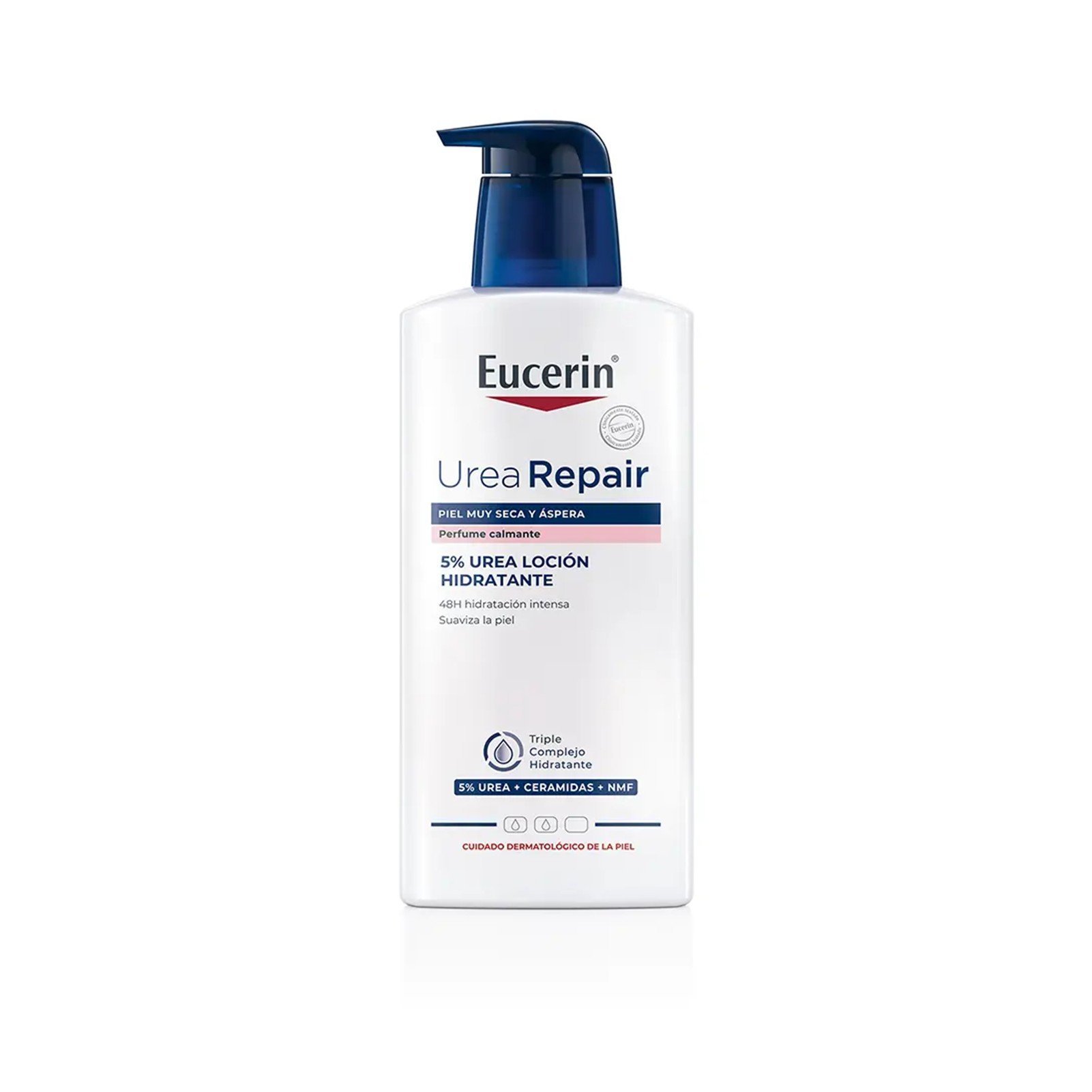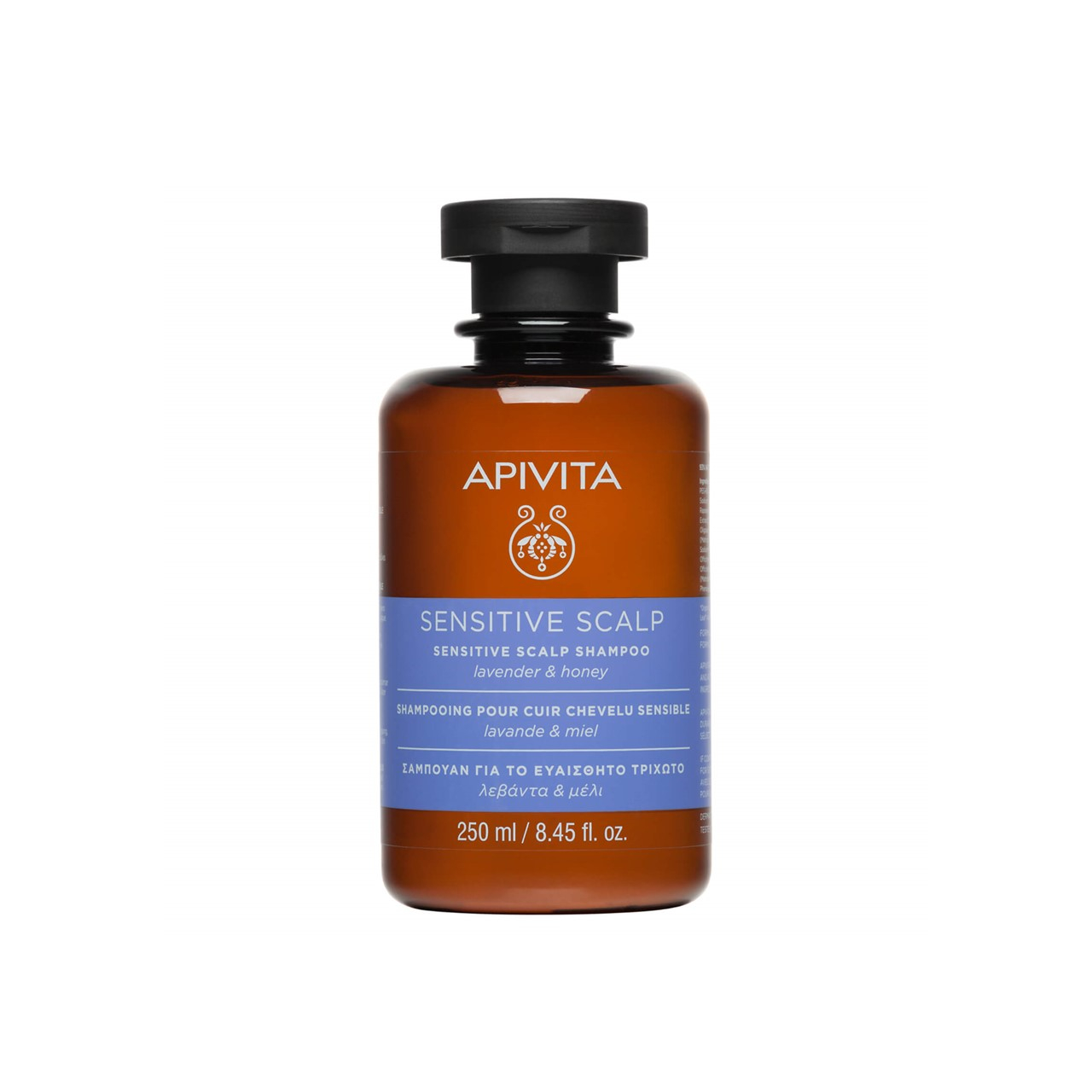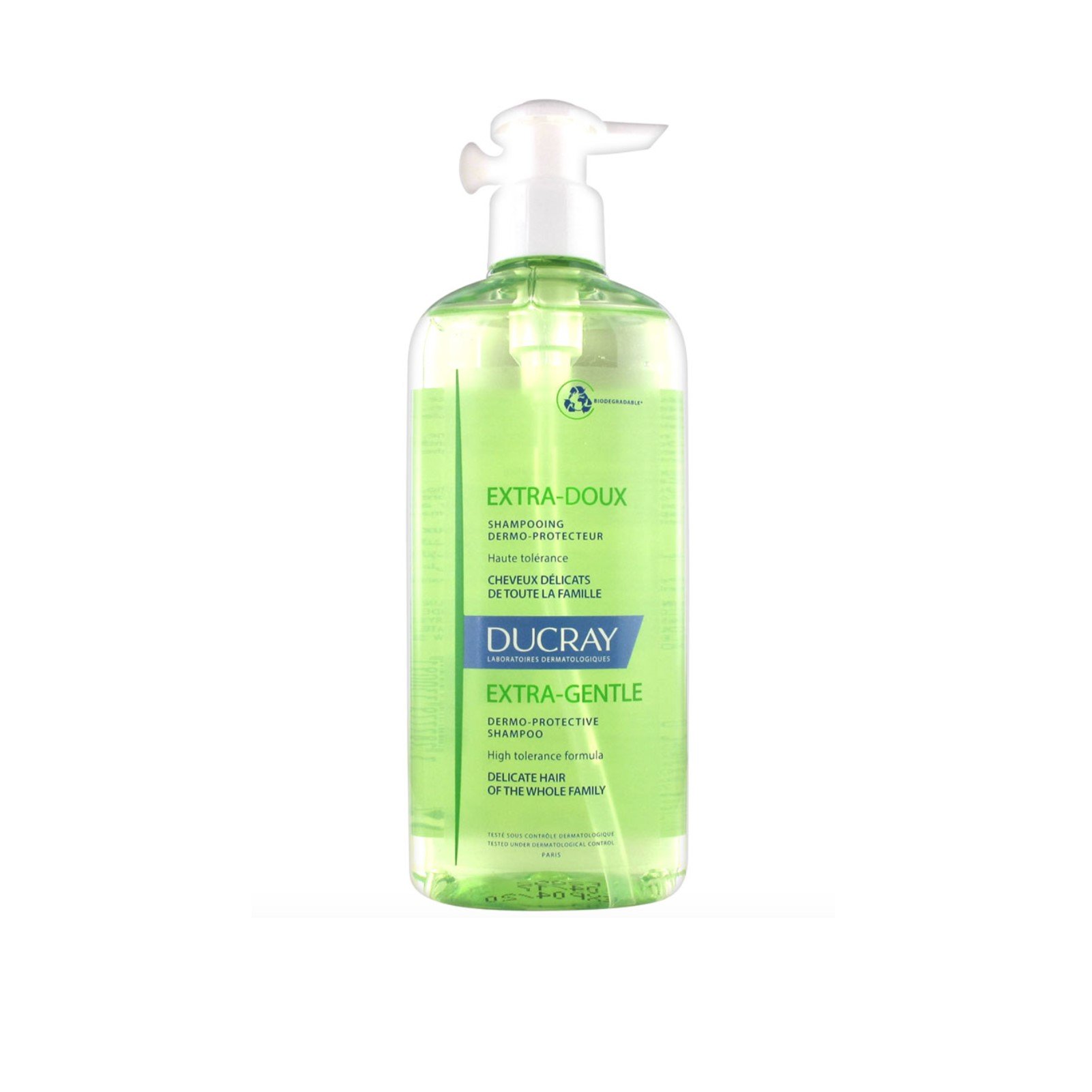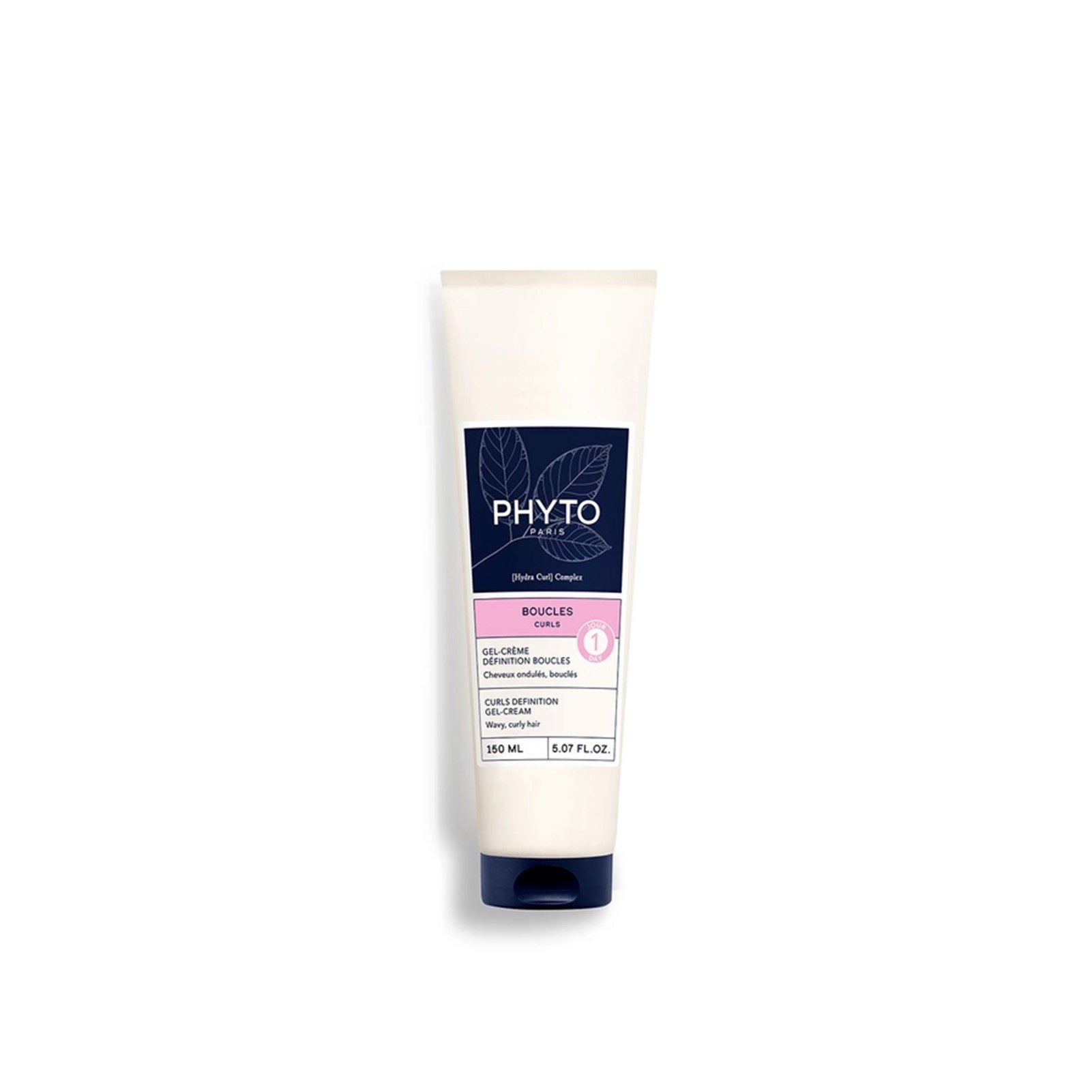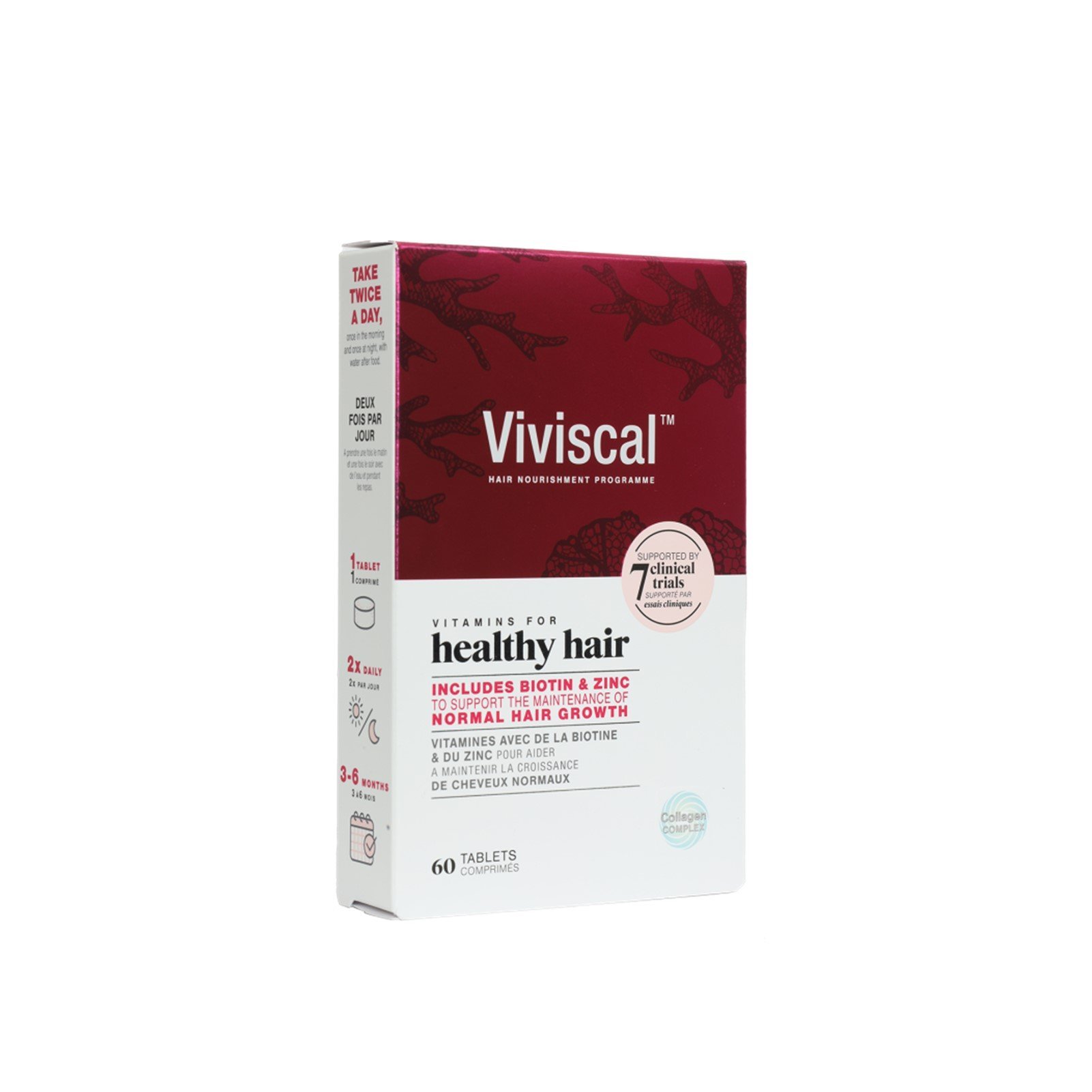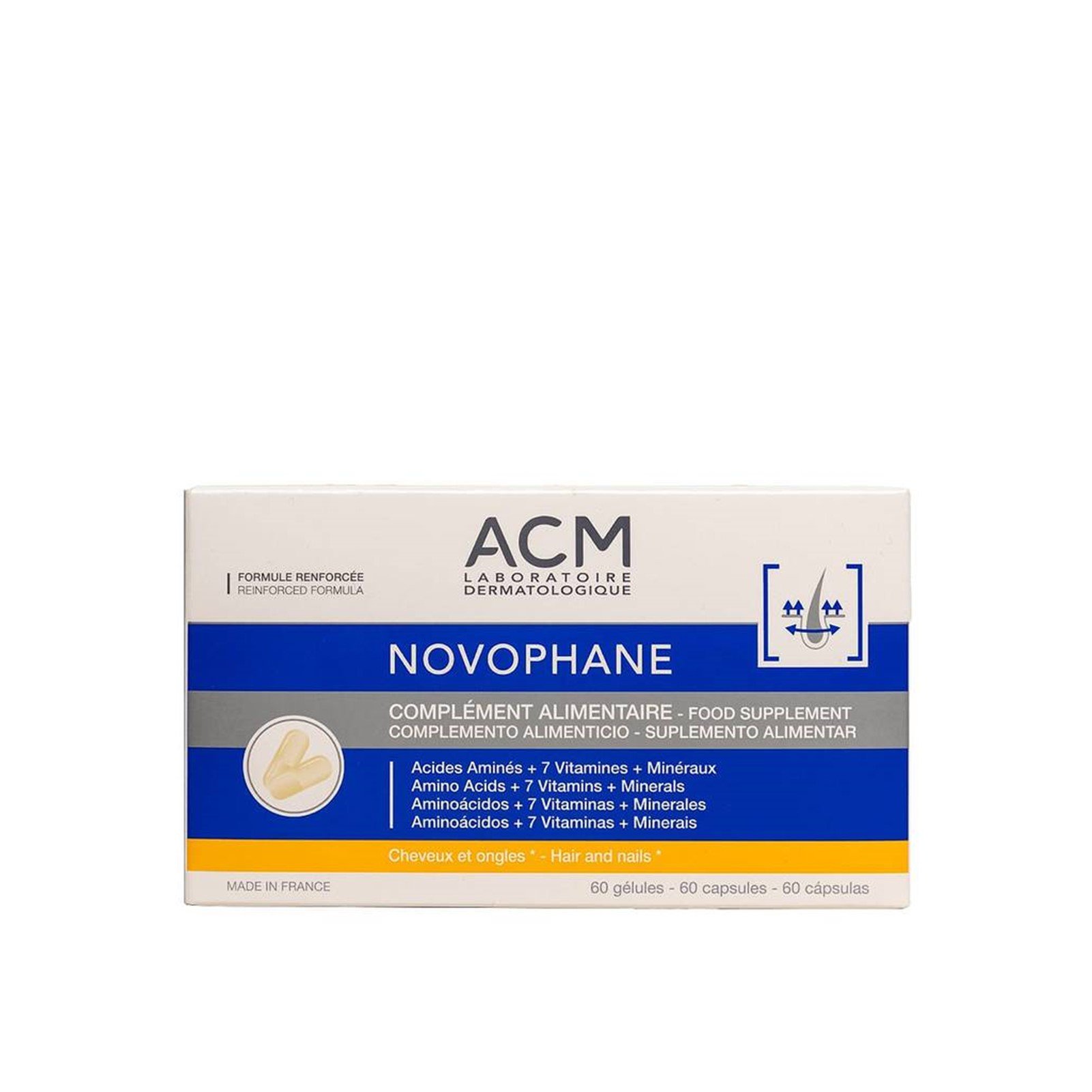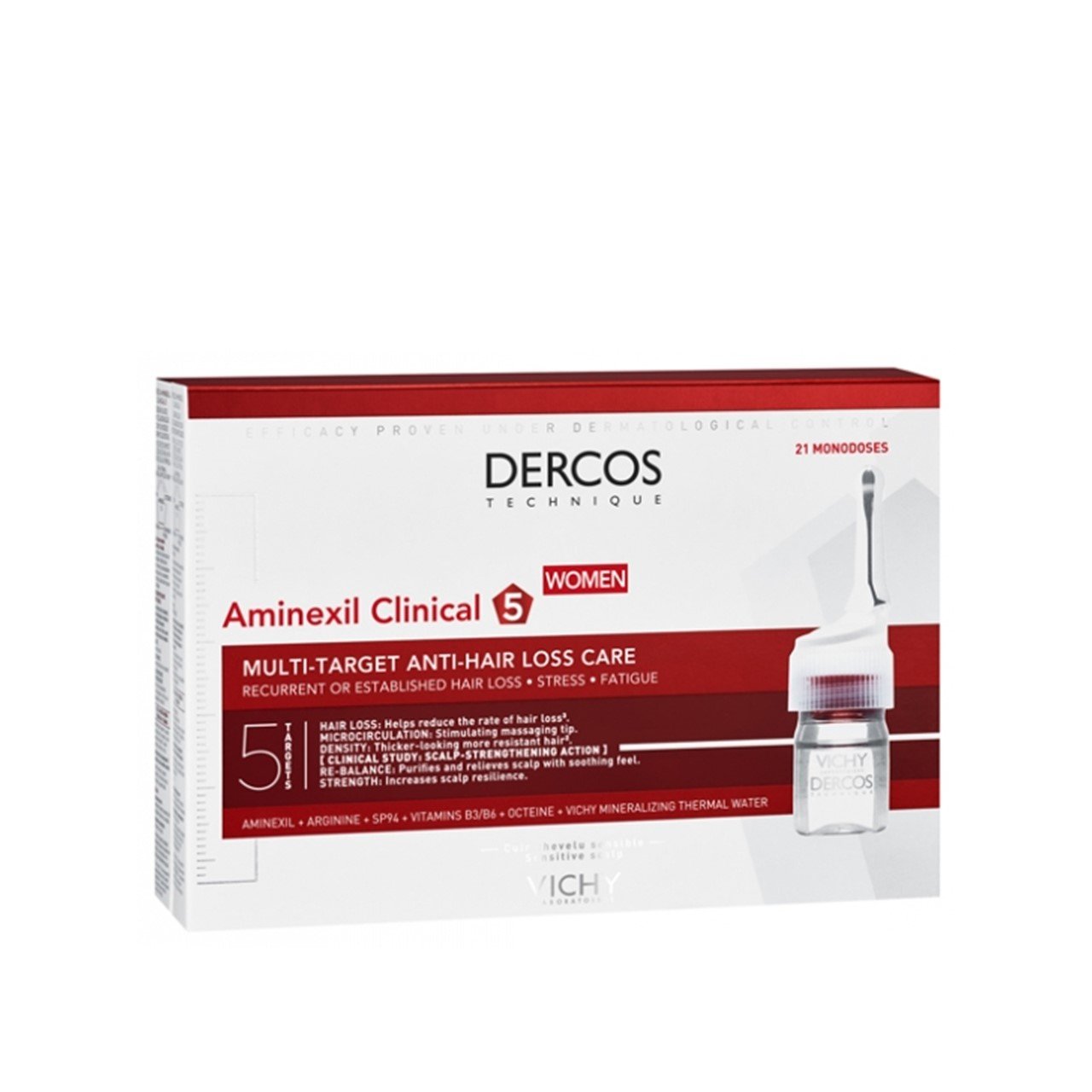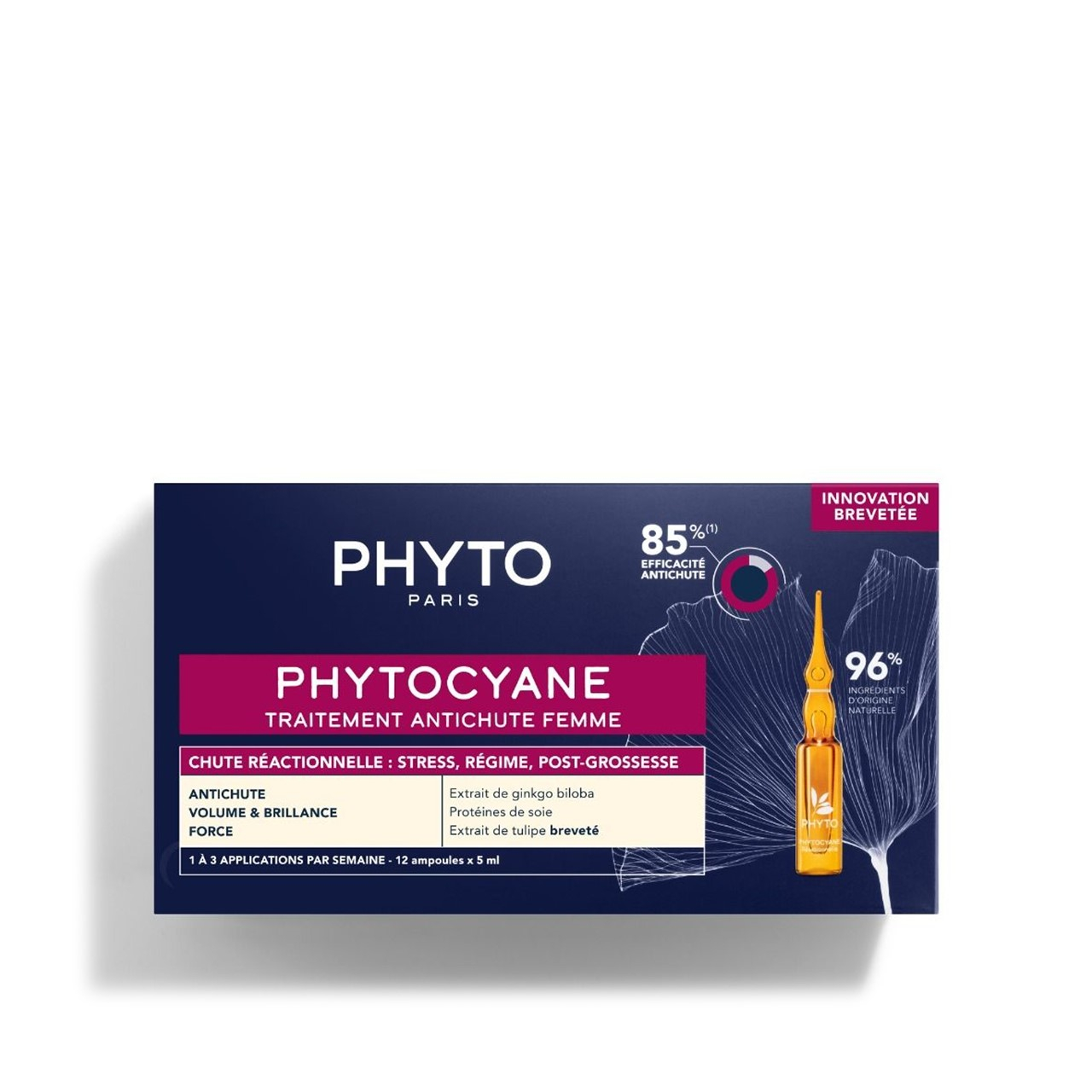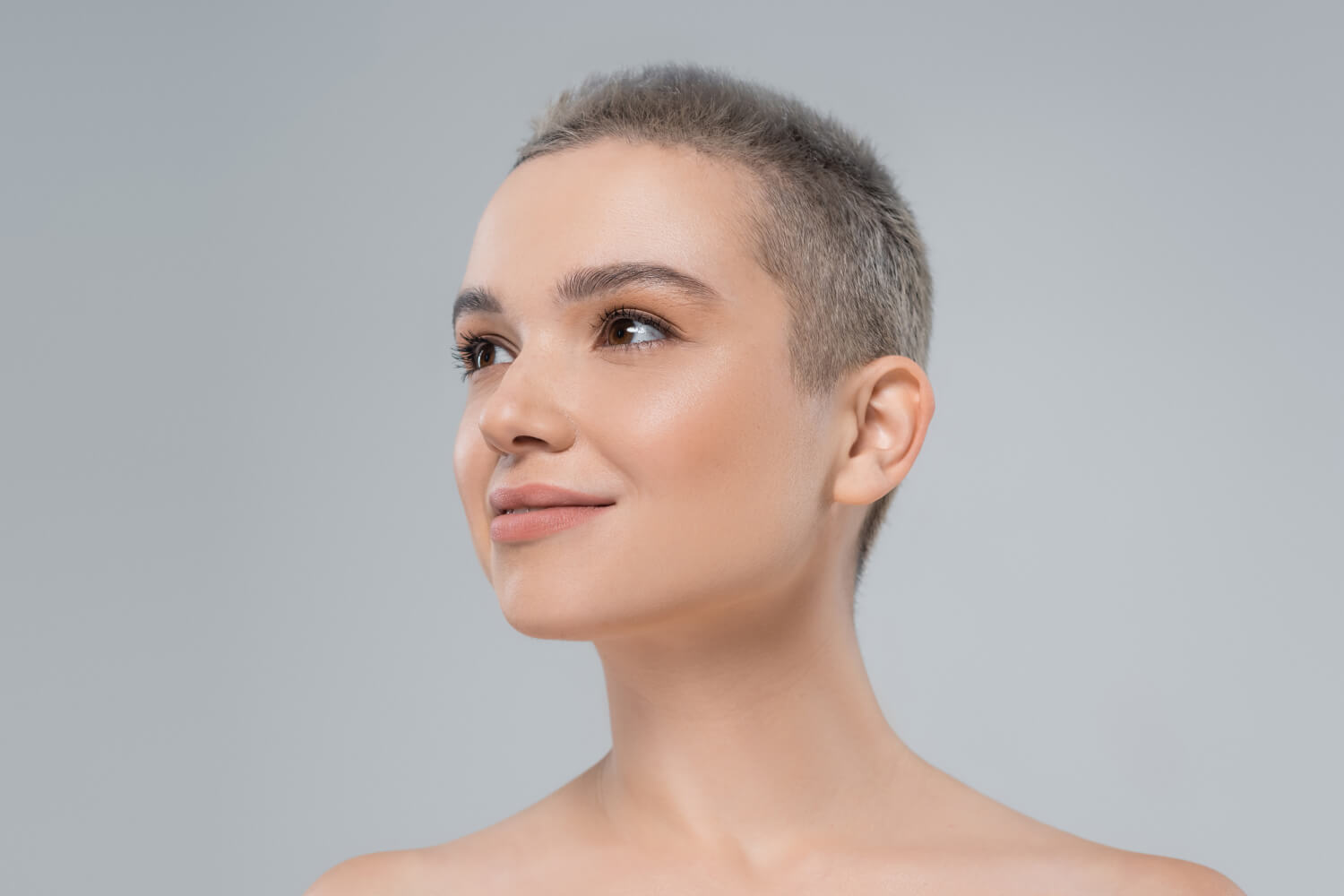
This is a joyful time: you’ve done your last round of chemotherapy or radiotherapy and your cancer treatment is officially over. Congratulations on overcoming such a strenuous period in your life! Pop the non-alcoholic champagne, gather your friends and family, and enjoy your life–you have much to look forward to, and hair growth after chemo is likely to be one of those things.
Hair loss is a common side effect of cancer treatments, and like most side effects, it usually goes away in time. Now that you’ve wrapped up treatment, your hair will start to grow again. Some parts of this process will be more or less expected (you’ll have short hair for a long time), and others may be a little surprising (like the chemo curls).
To help you through the changes of this coming year, we’ve prepared a short guide to help you take care of your new hair:
Table of Contents
Your first year of hair growth after chemo
As we mentioned, hair loss is a common side effect of cancer treatments, whether chemotherapy or radiotherapy. This happens because the idea of cancer treatments is to stop the spread of cancerous cells, and one way to do so is to stop all cell growth–including growth in your hair follicles. This is why so many people experience total or partial hair, eyelash, and eyebrow loss during treatments.
The side effects of cancer treatments don’t disappear as soon as you stop treatment–you’ll likely experience a few side effects for a while, but they will disappear over time. And with them gone, your hair follicles will be reawakened and finally start producing new hair strands. You can expect hair growth to start within a few months after your last treatment, and you may experience hair changes until a year after your last treatment.
Stages of hair growth after chemo
Not everyone will experience hair regrowth after chemotherapy in the same way, as the process depends on the cancer treatment itself, your genetics and many other variables. The following timeline is simply a rough estimate of when and what hair changes you can expect:
- A couple of weeks after the last treatment, expect the peach fuzz stage. Calling it hair may be an overstatement at this point, but it’s hair growth nonetheless, and it brings great news: change is underway! Some people will only get to the peach fuzz stage around two months after the treatment, so don’t worry. Timelines may vary;
- 3 months after the last treatment, you will start to see new hair growth–actual hair growth, a bit thicker than before. Keep in mind that this new hair may be very different from the hair you used to have: it may be thinner, or even of a different color. It’s not particularly strange for hair at this stage to be white or gray, or even a shade or two darker or lighter than its original color. The pigment production is not up to speed yet, so don’t worry too much about color changes, as they will probably be temporary. Take this time to explore new looks and hairstyles, including those pixie cuts you never dared to wear before;
- 6 months after the last treatment, embrace the chemo curls. Wait, what? You never had curls and now you do? Well, your new hair may have a personality of its own in this area. Experiencing curly hair after chemo is a surprising side effect many people don’t expect to happen, but it’s super common. It’s also, mostly, just a phase;
- 12 months after the last treatment, your hair will start to resemble your pre-chemo hair. The color should have stabilized by now, as well as the thickness and texture.
How to promote hair growth after chemo
Now that your hair is growing again, it’s worth looking into what you can do to lend a helping hand. Just as it is important to take care of your scalp, which may be feeling a little sensitive, it’s also important to take care of your new hair, which may be more fragile and thinner than you are used to. You may have to adapt, but these recommendations can help:
Protect your scalp at all times
Your scalp is the skin from which hair grows. If it’s not healthy and protected, it will be harder for your hair to be healthy. One thing you can do to soothe your scalp is to sleep on silk or satin pillowcases. If you prefer normal pillowcases, you may want to consider a sleeping bonnet or cap.
Moisturize your scalp
In the early days of your hair regrowth journey, when you’ve got no hair or just a little bit of peach fuzz, treat your scalp as pure skin and moisturize it. Choose gentle formulas that keep your skin protected and are easy to use.
Use gentle shampoos
Take care of your scalp by gently massaging it with a gentle shampoo when you shower. The massage will stimulate blood flow, and the gentle shampoo will keep your scalp clean without triggering any allergies.
Embrace your new hair
As we have seen, it’s possible for your hair to take on a new texture or color as it starts to regrow after cancer treatments. It may be hard to deal with these changes–why can’t things just be normal?–, but they should only last around a year. Embrace your new temporary hair, and learn to style it in new and fun ways, using gentle styling products.
Consider biotin supplements
We’ll make it clear: the evidence supporting biotin supplements is still very dodgy. However, many doctors have experienced good results in their practice and, based on this anecdotal evidence, continue to recommend biotin supplements to support hair growth during the post-chemo period. It may be worth asking your doctor how they feel about these supplements, and whether they may be useful to you.
Use scalp care ampoules
Between supplements and topical ampoules to support hair growth, the evidence seems to favor ampoules. Ask your doctor whether they feel topical ampoules can help care for your scalp and support healthy hair growth after your cancer treatments. Each case is different, and your doctor will be able to steer you in the right direction.
What to avoid when dealing with post-chemo hair
Now that you know what you can do to support hair growth after cancer treatments, it may be worth looking into what you should avoid.
All things considered, anything that is harsh or permanent should be avoided in the first year–think chemical treatments, hair coloring, and so on. On a more everyday basis, hair styles that keep the hair pulled back should also be avoided, due to a risk of traction hair loss.
Here are some examples of treatments and styles that are best avoided during your first year of regrowth after cancer treatments:
- Permanent straightening treatments or relaxers;
- Hair perming;
- Hair bleaching;
- Permanent or semi-permanent hair dyes;
- Braids, and extensions.
There will be time to explore all these treatments once your hair has grown back–but for this first year, it’s best to treat it gently and give it the best possible conditions to grow healthy and strong.
Taking care of your hair–and skin–after cancer treatments can seem a little complicated, but if you keep things simple, it’ll be manageable. If you have any doubts, just stick to oncology-approved cosmetics in the first year post-treatment. As you begin to ease back into your lifestyle, you can stick with these tried-and-tested essentials (they’re as gentle as can be!), or start experimenting with other cosmetics that you find more appealing.
Pharmacy Technician & Beauty Writer



